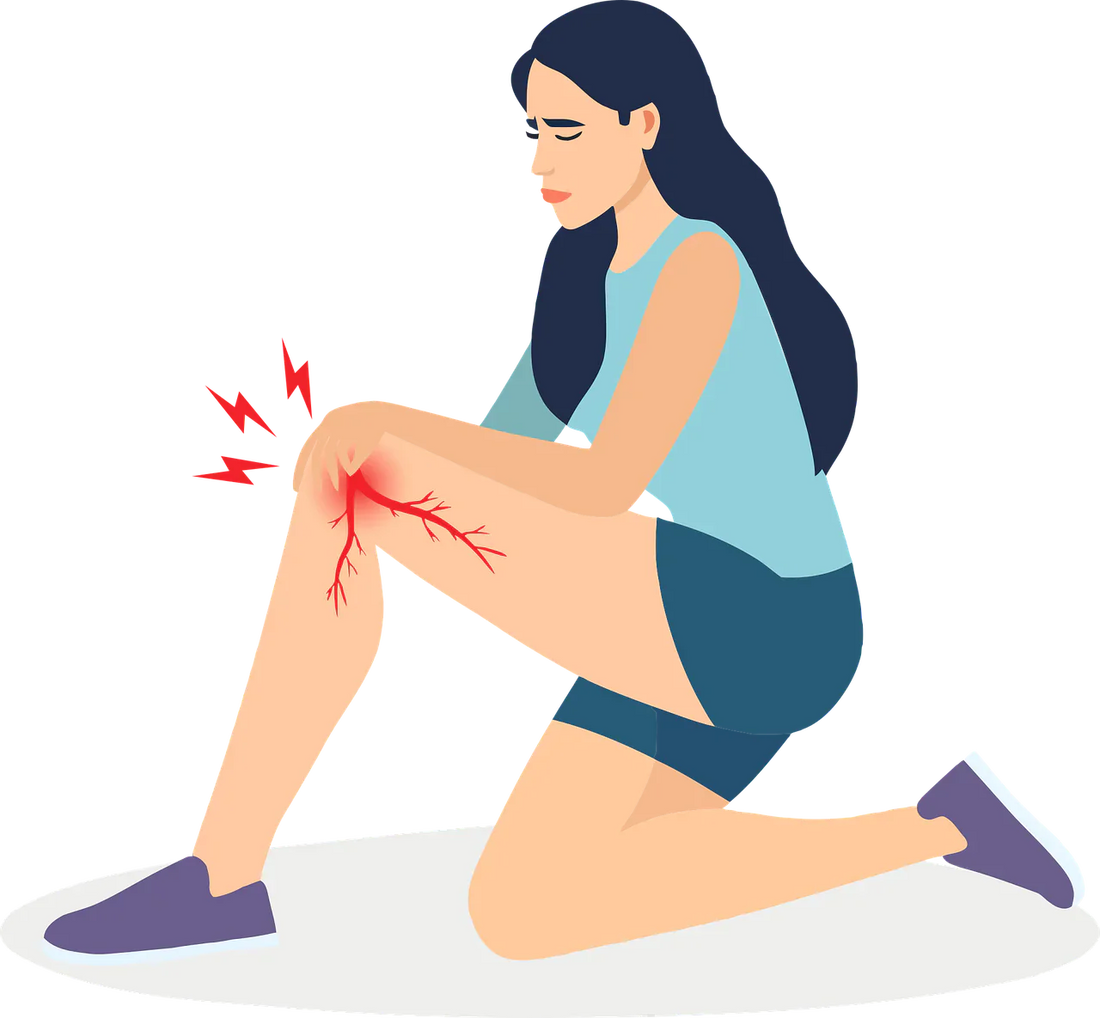
Bouncing Back from Patellar Tendonitis: Natural Relief and Recovery Tips
If you're an athlete, weekend warrior, or just someone who loves staying active, knee pain can seriously cramp your style. One common culprit? Patellar tendonitis, also known as jumper’s knee. It’s a condition that tends to sneak up on you especially if your workout includes a lot of jumping, squatting, or running.
At Rejuvaheal, we believe healing doesn’t have to mean stopping everything you love. With the right exercises, some consistency, and Crystal Ice Gel, you can stay on track and support your body naturally.
What Is Patellar Tendonitis?
Patellar tendonitis is the inflammation of the tendon connecting your kneecap (patella) to your shinbone. It plays a big role in straightening your leg so when it's irritated, every step, jump, or squat can feel like a challenge.
Common Symptoms of Patellar Tendonitis
-
Pain directly below the kneecap (especially when you jump, run, or kneel)
-
Swelling or tenderness around the tendon
-
Stiffness in the morning or after periods of rest
-
Weakness or instability in the knee
-
Pain that worsens with activity and improves with rest (until it doesn’t)
Exercises That Can Help Heal
Movement is medicine but it needs to be the right kind. Here are a few safe and effective exercises to support recovery:
1. Isometric Quad Holds
-
Sit with your leg extended and tighten your thigh muscles without moving your knee.
-
Hold for 10 seconds. Do 3 sets of 10 reps per leg.
-
Great for strengthening without stressing the tendon.
2. Straight Leg Raises
-
Lying flat on your back, raise one leg while keeping it straight.
-
Hold for 3-5 seconds, lower slowly.
-
Repeat 10-15 times per leg. Builds quad strength and stability.
3. Wall Sits
-
Slide down a wall until your knees are bent at a 45-degree angle.
-
Hold for 10-30 seconds, working up to a minute as tolerated.
-
Avoid going deeper if there’s sharp pain.
4. Eccentric Step-Downs
-
Stand on a step and slowly lower your affected leg to the ground.
-
Focus on the slow, controlled motion to strengthen the tendon.
-
Do 3 sets of 10 per side.
Where Crystal Ice Gel Comes In
During recovery, managing inflammation and soothing pain naturally can make a huge difference.
Here’s how to use Crystal Ice Gel in your healing routine:
🌿 After exercise – Massage a small amount around the kneecap and patellar tendon area. Its cooling menthol and anti-inflammatory herbal blend help calm irritation and reduce swelling.
🌿 Before activity – Light application can help prep the area and reduce sensitivity.
🌿 As-needed for flare-ups – Especially useful on days when stairs or hills feel tougher than usual.
Crystal Ice Gel is designed to work with your body, not against it made by an athlete, for athletes, using ingredients you can feel good about.